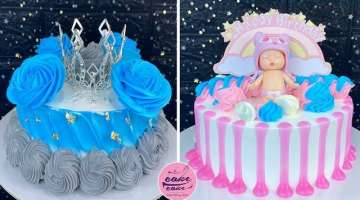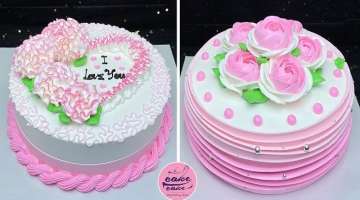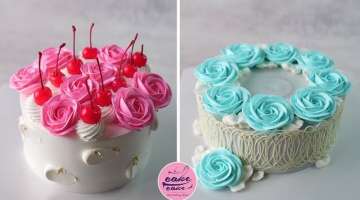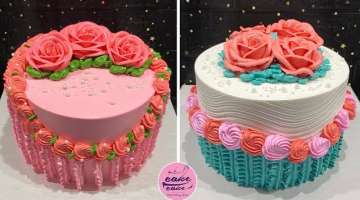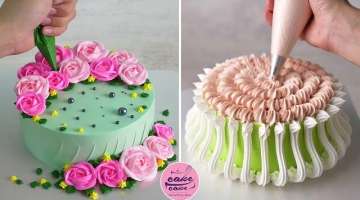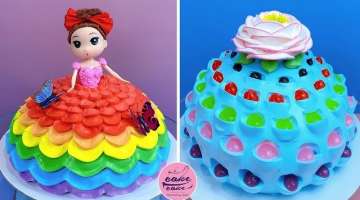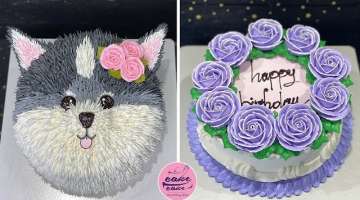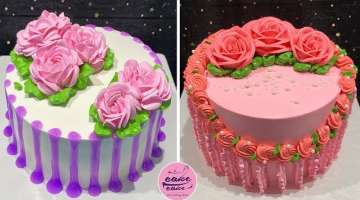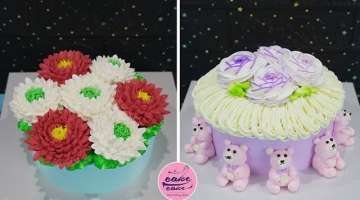This Strange Plant Has Stunning Flowers with Petals Shaped Just Like Hummingbirds (Gallery)
One day, Redditor Octopus Prime shared a photo of what looked like a plant, that’s flowers resemble a hummingbird. And the internet went crazy. This confusing yet fascinating phenomenon is from the plant, the ‘green flowerbird’ or ‘regal flowerbird.’ It is completely natural and it appears to look like some sort of origami hummingbird.
- 1 | 8

The plant-enthusiasts sure got a real treat on Reddit when user Octopus Prime posted a photo of an unusual-looking plant. Mind you, this is strange for all the right reasons, as what you see is nothing short of an origami-level intricacy by mother nature. This incredible flower has petals that are actually shaped like hummingbirds, and this began to gain a lot of appreciation.
- 2 | 8

Initially, people were wondering which region this plant belongs to, and what is the reason for its bird-like shape. Thankfully, another Redditor SolitaryBee, a post-doc scientist studying flower evolution, shed some vital light on the discussion. This rare and exotic plant is called the green flowerbird or the regal flowerbird, named after early 19th-century botanist Allan Cunningham.
- 3 | 8

Scientifically referred to as Crotalaria cunninghamii, it belongs to the legume family that also includes the edible chickpea and alfalfa. It's a perennial shrub, by definition, and is native to the sandy dunes of inland northern Australia. Interestingly enough, there are no hummingbirds down under, yet this plant thrives in this specific part of the world. Needless to say, people on the Reddit post were in absolute awe of the plant and began sharing it elsewhere making it go pretty viral.
- 4 | 8

Some people pointed out that the flowers' shape could be the result of adaptive evolutionary development. However, user SolitaryBee said: "The fact that the flower looks like a bird to humans cannot have evolved adaptively because as a signal receiver, there is nothing humans could have done to increase the fitness of individuals that evolved this signal (to look like a bird)," the scientist commented. "Unless indigenous Australians in arid Australia bred or traded the plant because it looks like a bird."
- 5 | 8

It also turns out that Indigenous Australians highly valued this flower, and not just for ornamental reasons. The Green flowerbird has been used as a medicine amongst the Aboriginal people, especially as an eyewash to treat ailments. The shape of this unique flowering plant is due to its common anatomical trait, which is shared by several legumes. Some of them have Papilionaceous flowers, which are distinguished by their irregular clusters of five small and a large upper petal that is referred to as a banner.
- 6 | 8

On a side note, only humans are likely to associate these flowers with birds. This is something called simulacrum, which is like the illusion we witness while observing trompe-l'oeil paintings. Our eyes are being fooled into seeing a representation of an object that isn't actually present, in this case, the hummingbirds. The green birdflower was also featured as the in-season flower of the month by the Australian Botanic Gardens and Parks Authority.
- 7 | 8

The organization is a government-run conservation group that has ensured these flowers are blooming in Kings Park, Perth. When you look at the plant entirely, it looks like a dozen green hummingbirds gathering together and sipping on the nectar of the flowers. Also, since the petals are wonderfully suspended in mid-air, it makes for some amazing photos.
- 8 | 8

The yellow flower that got everyone's attention is actually Crotalaria cunninghamii, although the Latin name might be quite a challenge to pronounce and memorize, that's why people also refer to it as green birdflower or regal birdflower. It is a species native to inland northern Australia. This plant grows well in sandy areas, that's why it's mostly found in sand dunes, along beaches, and Mulga communities. The Birdflower was used by Aboriginal people to treat eye infections. Image credits: Atlas of Living Australia
Related Galleries

